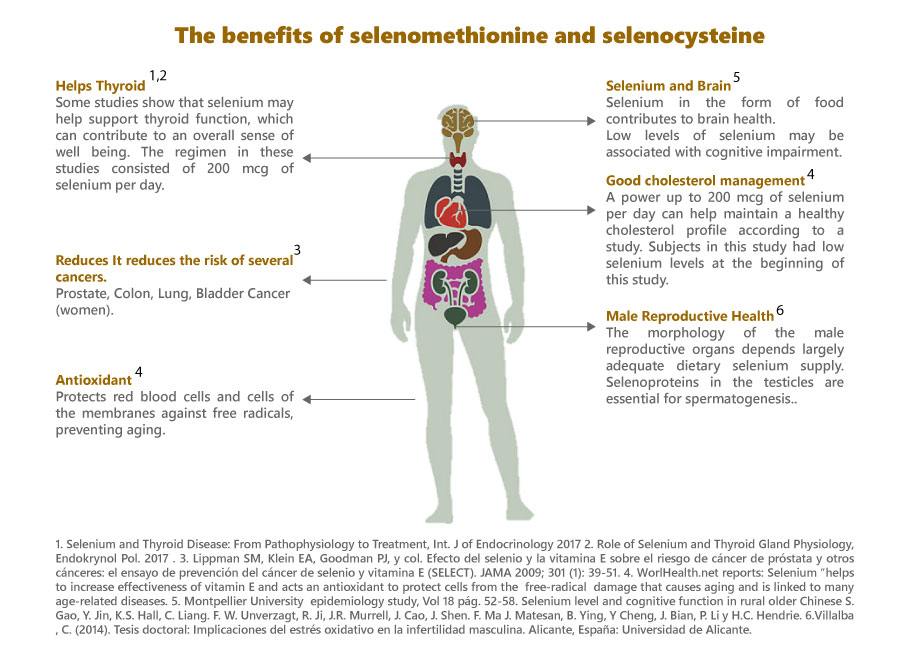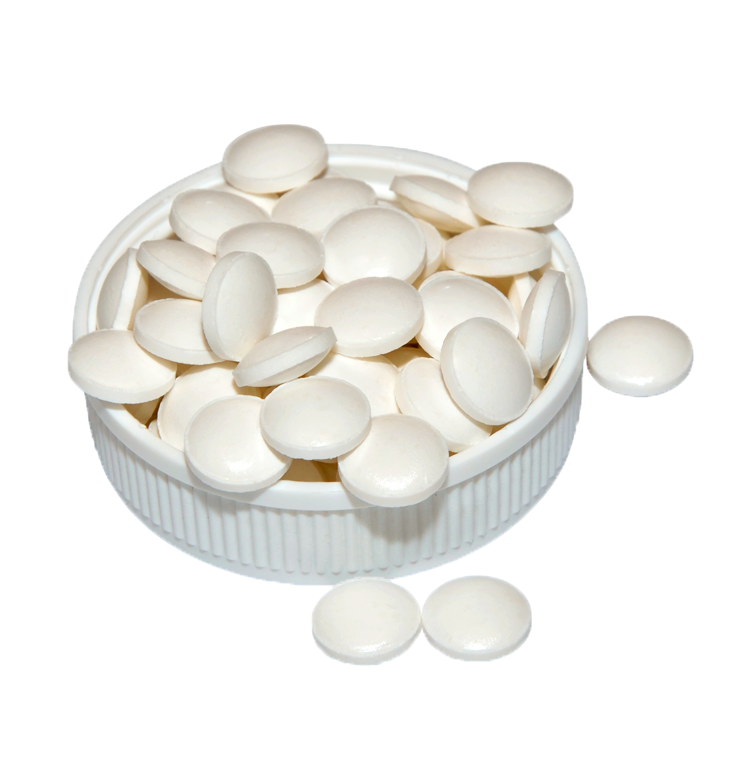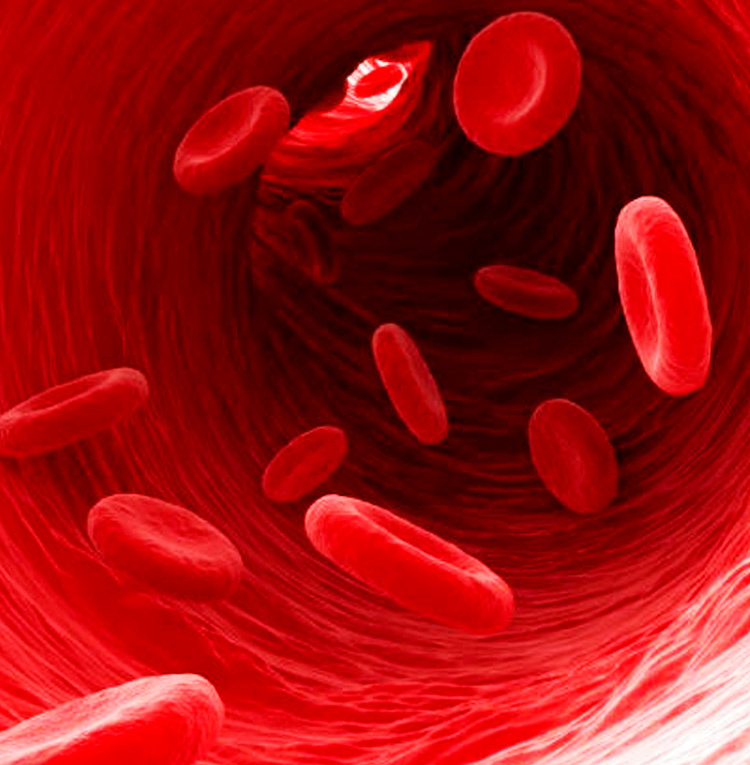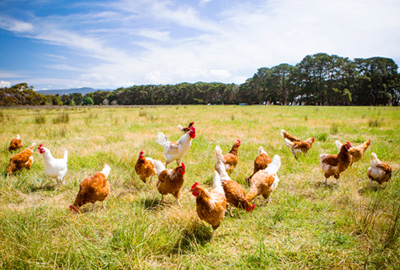The Selenium
The Magdalena River Seeds a natural source of selenium a fundamental trace element for humans.
The Magdalena River Seeds a natural source of Selenium an essential trace element for the human being.
The natural origin is a primary feature in the products we use as food, it is considered that vitamins and trace elements are more valuable if they come from a natural source.
The tree from which these seeds come: Lecythis Minor, is part of the species Lecythis (MORI 1990) this species has an interesting feature: Selenium accumulate in the seeds do grow in Seleniferous soils, we find these wild soils on the banks of the Magdalena River, mythical , ancestral and millennial Rio, which covers a large part of the Colombian geography in more than 1,500km, reaching its mouth in the Caribbean Sea, this species develops wildly reaching several communities, where we play a fundamental role for the development of them and allows us to reach the precious fruit of these trees: the Magdalena River Seeds.
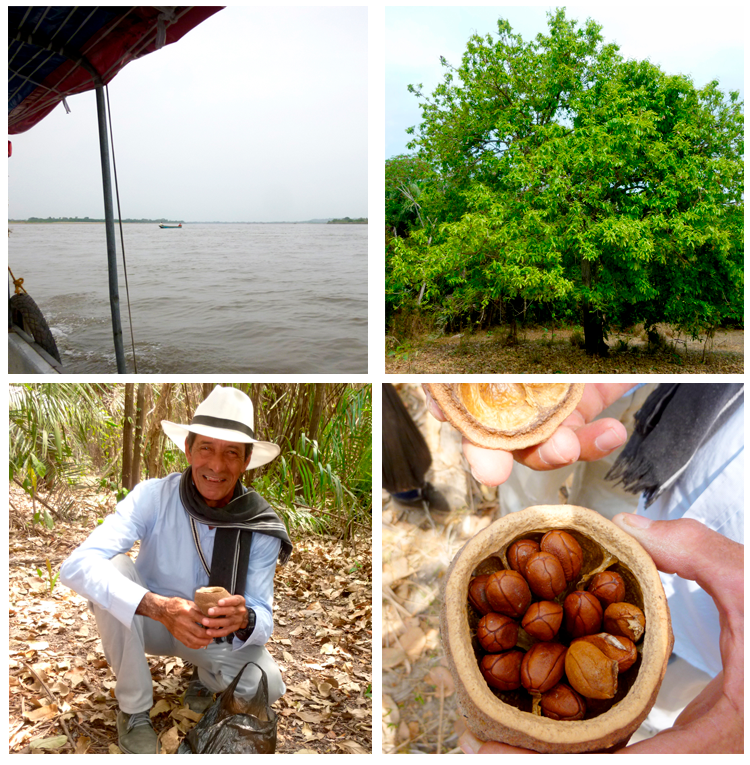
Why and how does Selenium present in the soil end up in the seed s of Magdalena River Seeds trees?
The importance of an adequate nutritional selenium intake
¿How much selenium intake is sufficient?
¿What are the effects of dietary selenium?
Selenium modulates immunity
¿Is Natural Selenium superior to inNatural Selenium?
